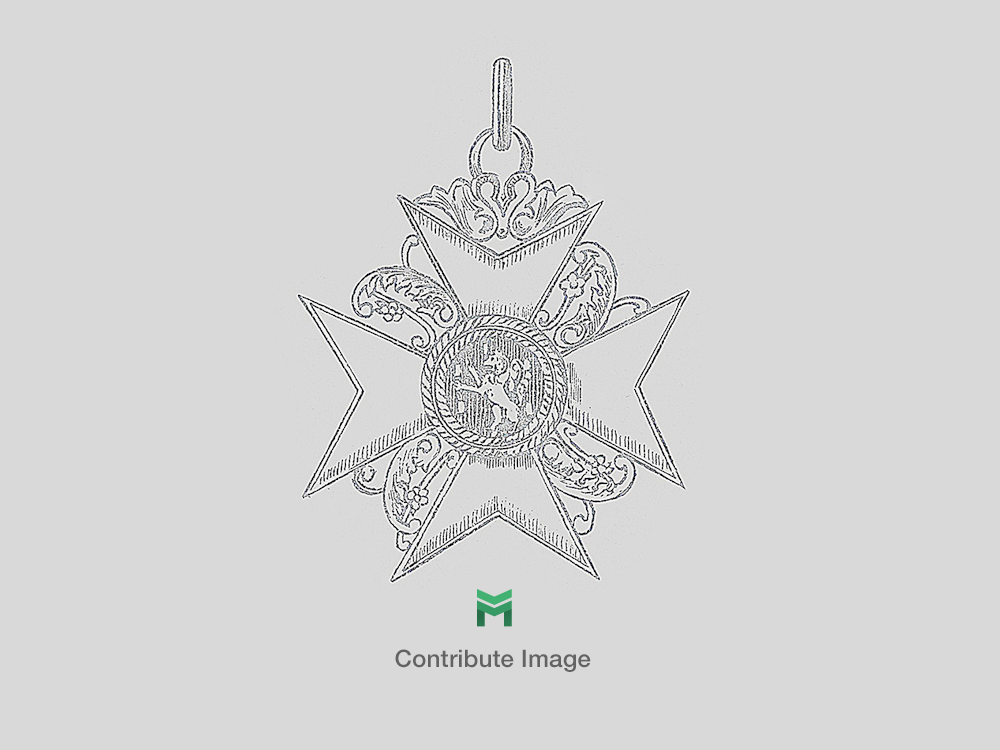Institution of Military Merit, Commander (with Fleur de Lis)
CATEGORY: Version
SKU: 01.FRA.0108.103.01.000
Estimated market value:

Estimated market value:
This Order was founded by King Louis XV on March 10, 1759. It was created as a Military Order that rewarded the exceptional services rendered by Protestant Officers in the French Army; mainly foreigners Officers originated from Sweden, Switzerland and Germany.
After 1814 it was awarded to all non-Catholic Officers, French or foreign, in the French Army. It represents the first instance of a royal award whose recipients were not required to observe the religion of the state.
The Order did not have a Grand Master, and was therefore not technically an Order; it was known as Institution of Military Merit.
During the Revolution, the Institution was merged with the Order of Saint Louis under the name “Military Decoration.” It was suppressed on October 15, 1792 and was re-established by Louis XVIII on November 28, 1814. It was permanently discontinued in 1830. During the July Monarchy members of the Institution were permitted to wear their decorations, but only with the Fleur-de-Lys removed from between the arms of the Cross.
The motto of the Institution, “PRO VIRTUTE BELLICA,” which translates to “For War Merit,” is inscribed on the obverse medallion. The reverse medallion is inscribed with “LUDOVICUS XV INSTITUT 1759” which translates to “Louis XV Instituted this Order in 1759.”
The Order of Military Merit is translated from the French "Institution du Mérite militaire"; the Order is also known as Institution of Military Merit.
The only official characteristic was that the Grand Cross and Commander had to be larger than the Knight. Coupled with its long history and the fact that many manufacturers were used, there is no definite dating scheme for these crosses.
The following variables may be encountered on the Grand Cross: the obverse and reverse inscriptions may be abbreviated in a number of different ways; the size; the thickness; the suspension; arms with and without ball finials; the shape of the medallions (oval or circle); the relief of the medallions.

Comments
Sign in to comment and reply.


Scroll Top